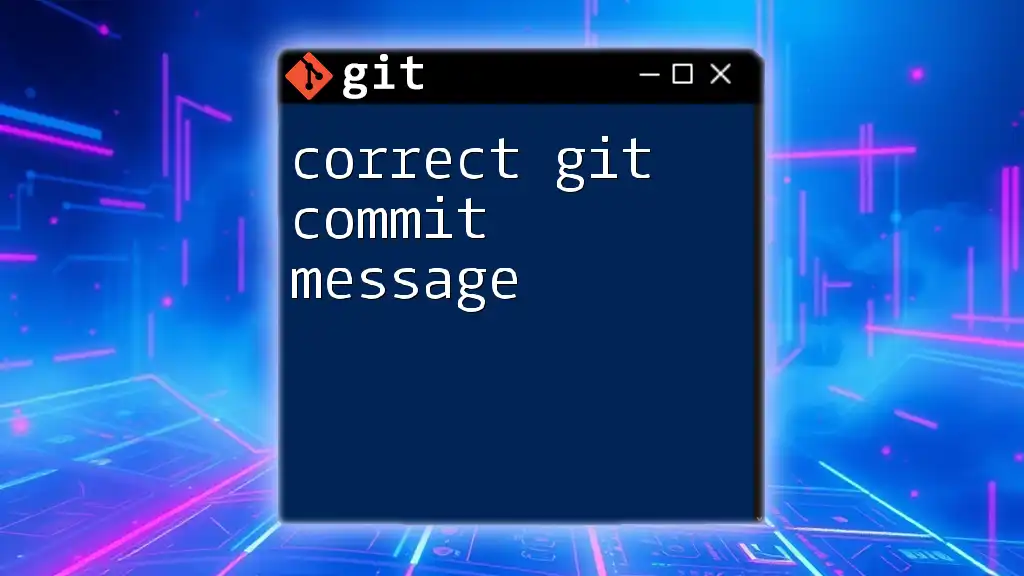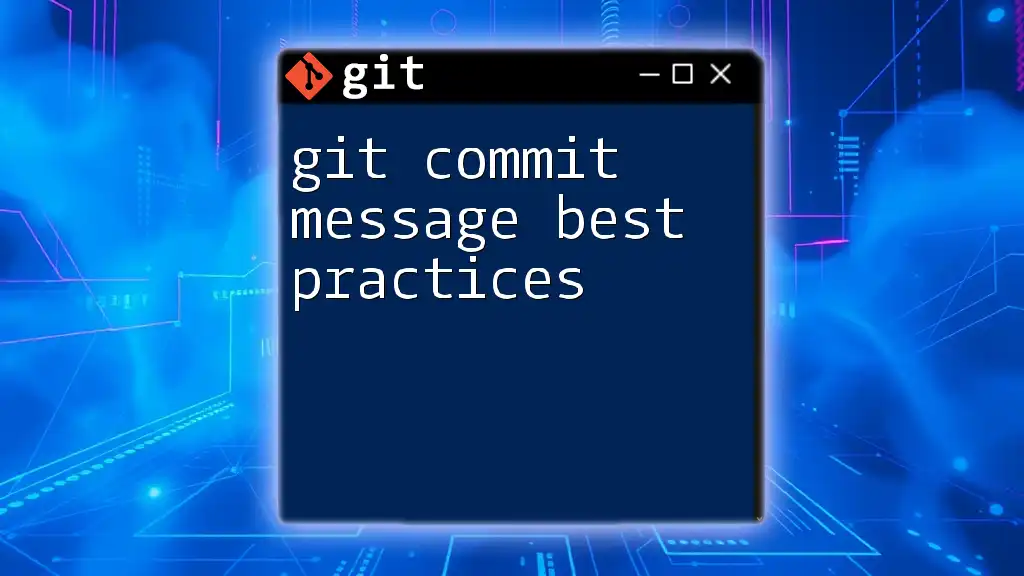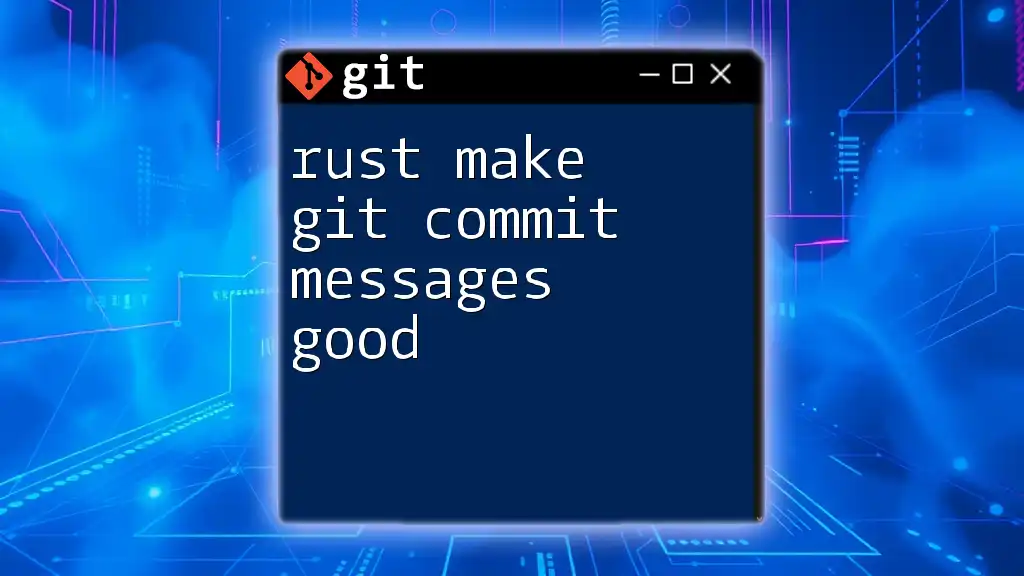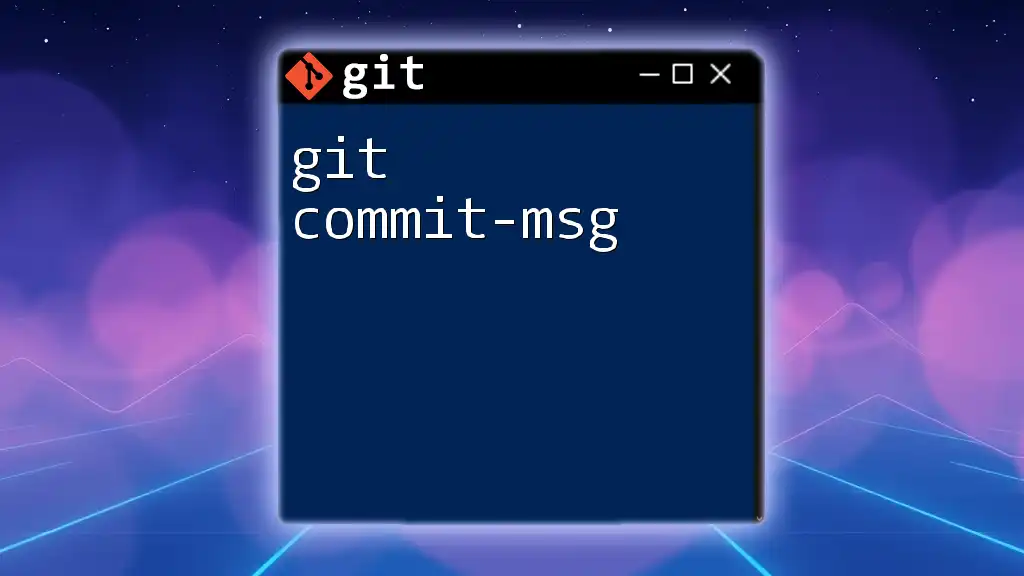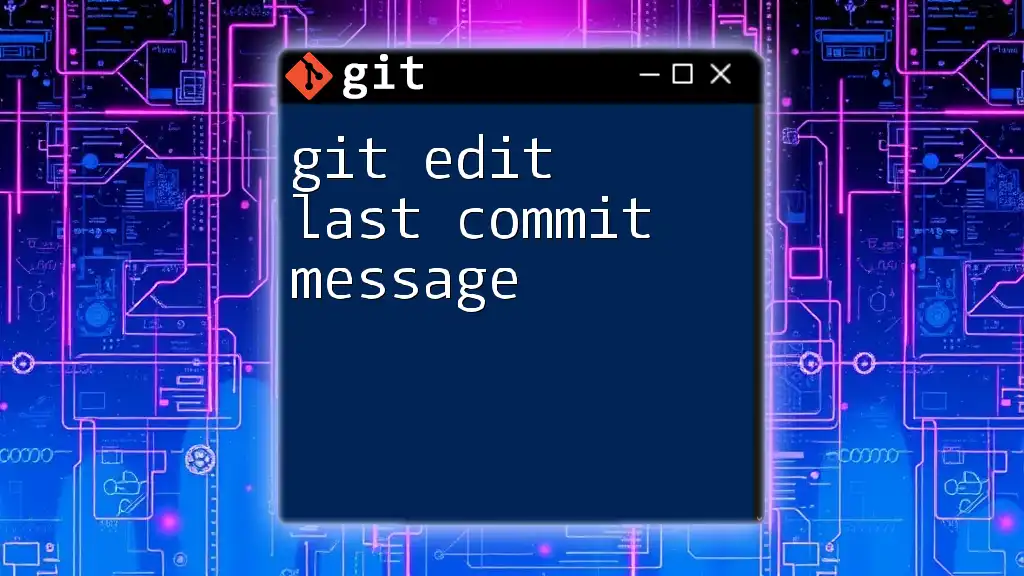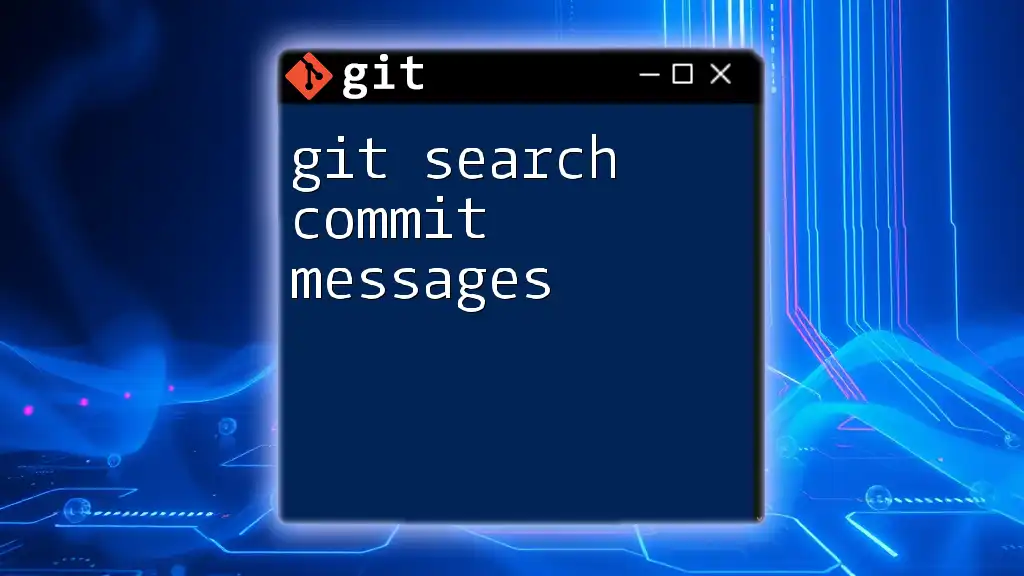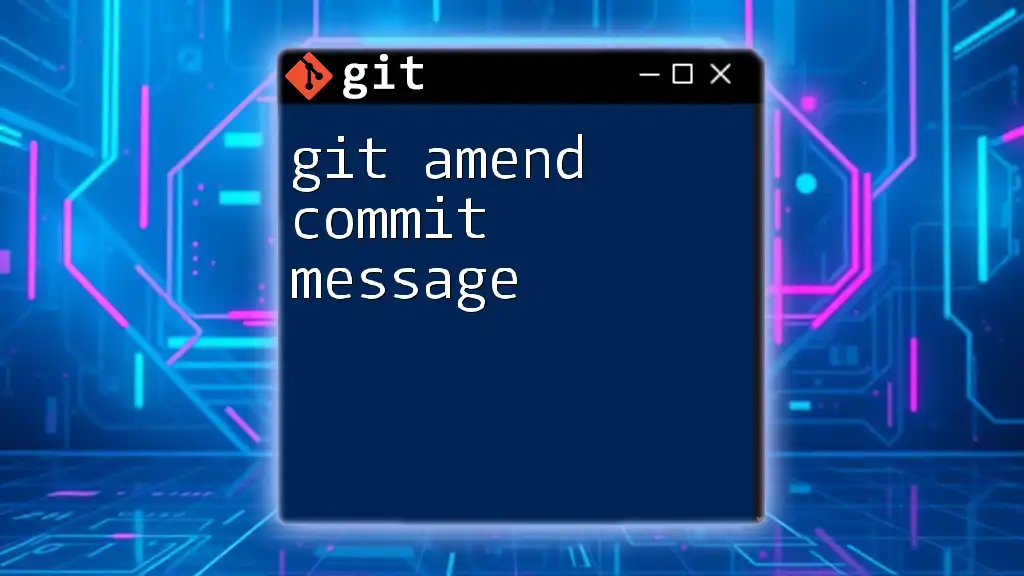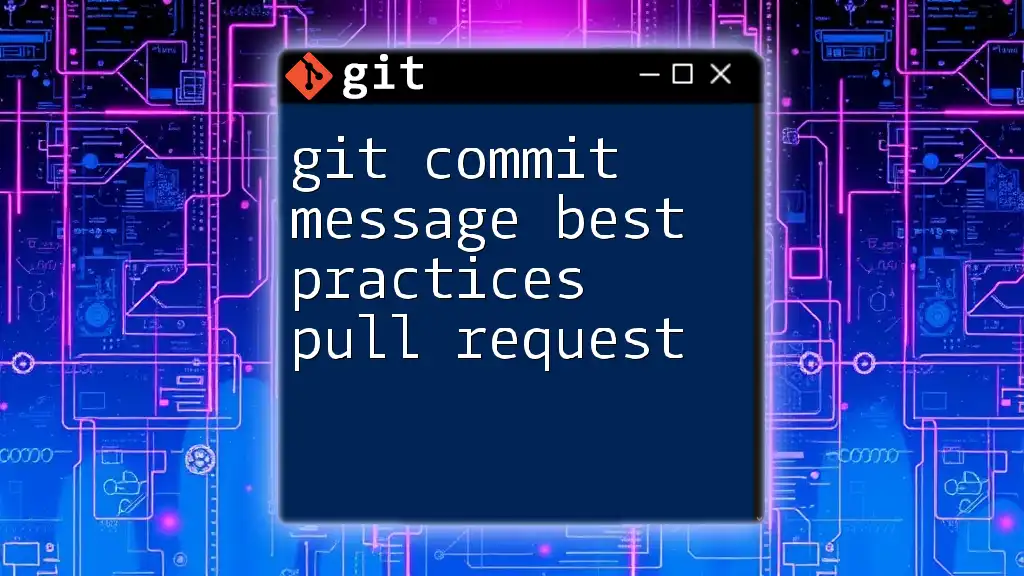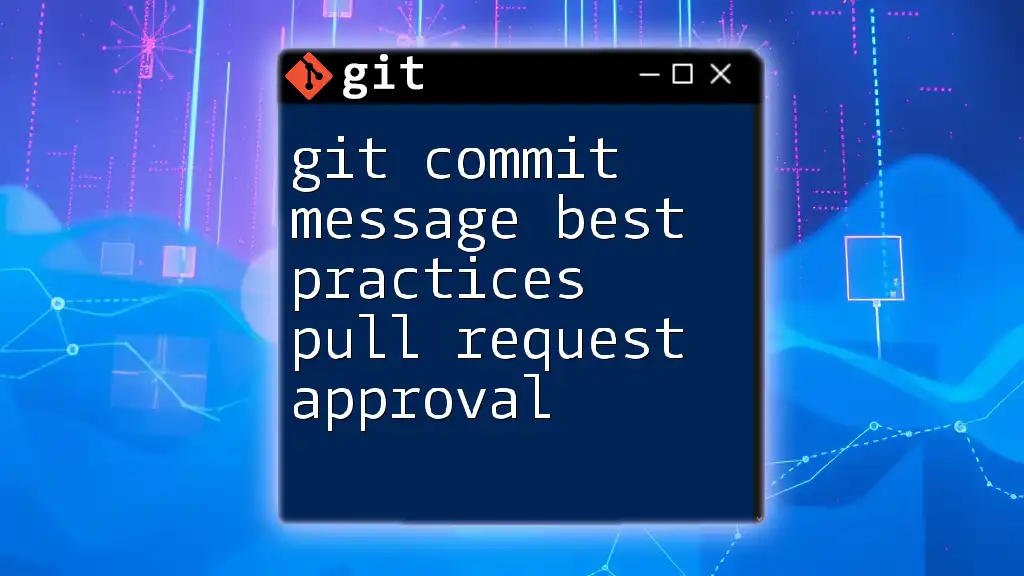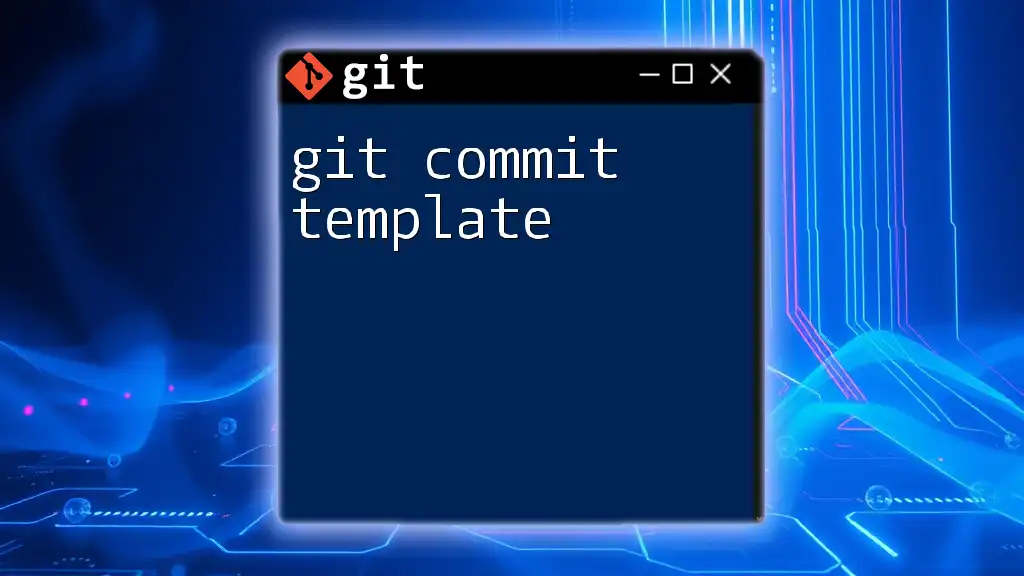A correct git commit message clearly conveys the purpose of the changes made in the commit and typically follows the format: a short summary (50 characters or less) followed by a more detailed explanation, if necessary.
Here's an example of a proper git commit message:
git commit -m "Fix typo in README" -m "Corrected spelling mistake in section 2.1 for clarity."
What is a Git Commit Message?
A commit message in Git is a brief description that accompanies a change made to the code repository. Each time you commit changes, you are required to include a message that explains what was changed and why. These messages play a crucial role in version control, providing context to the changes made and serving as a guide to anyone looking back at the project history.
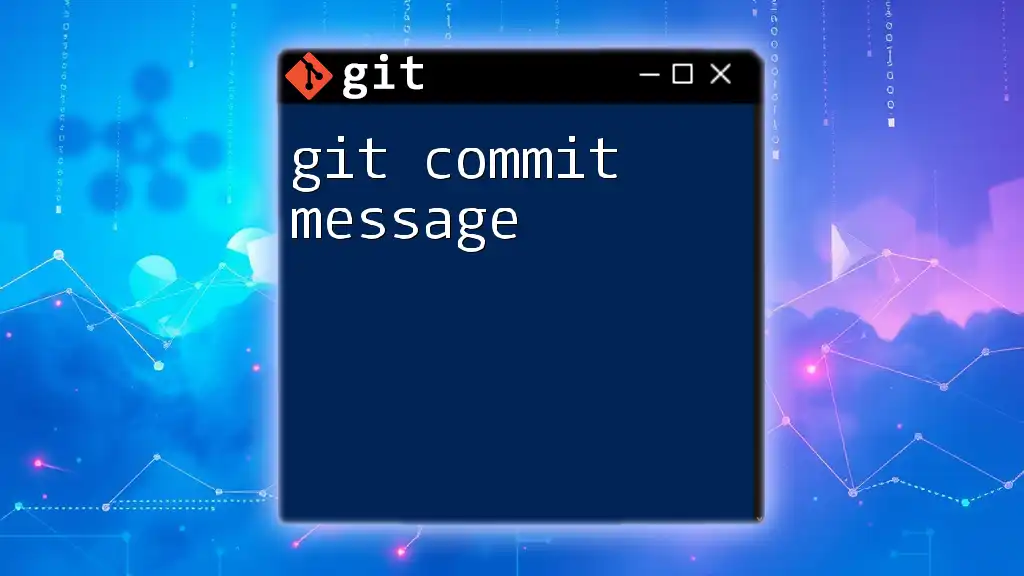
Importance of Writing Good Commit Messages
Establishing Project History
A well-written commit message serves as a historical record of your project. It allows developers to navigate through the project's evolution and understand the rationale behind various changes. For instance, if a team member needs to troubleshoot an issue, a clear commit message can save time and reduce frustration by pinpointing when a specific change was introduced.
Facilitating Code Review
During the code review process, descriptive commit messages can significantly enhance communication. They provide reviewers with insights into the changes without needing to delve deep into the code. For example, rather than sifting through lines of code looking for a bug fix, a reviewer can quickly understand the intent of the change from a clear and precise commit message.
Improving Future Reference
Good commit messages are invaluable for future developers, including your future self. When you revisit a project after months or even years, clear messages provide a roadmap to understand the decisions made along the way, making it easier to continue development or fix issues.
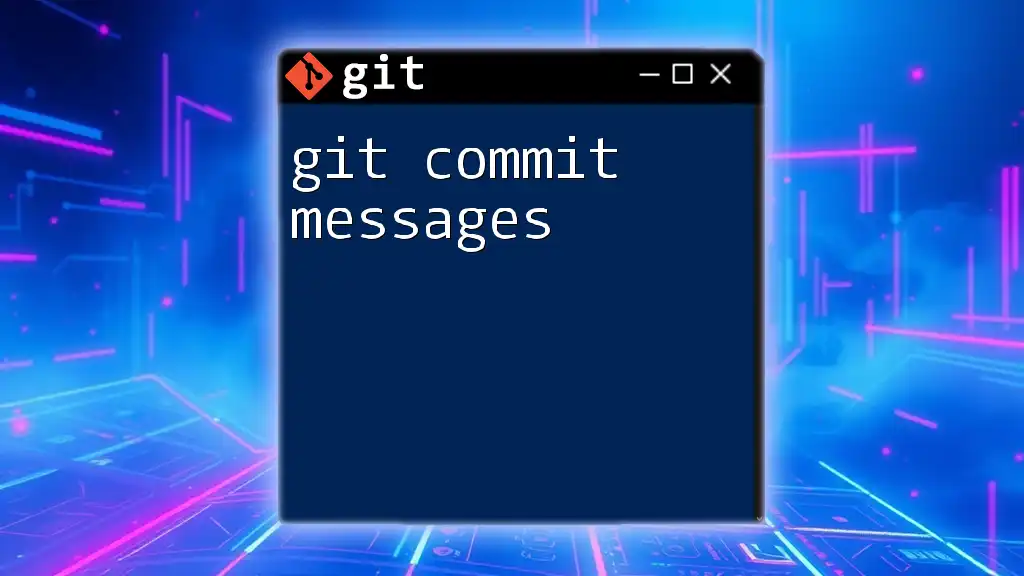
Best Practices for Writing Commit Messages
Structure of a Good Commit Message
Header
The header is the first line of your commit message, summing up the change succinctly. Use the imperative mood to give commands (e.g., "Add," "Fix," "Update"). It is best to keep the header concise, ideally within 50 characters or less.
Example:
Fix bug in user authentication flow
Body
When changes require more elaboration, the body comes into play. Use this section to explain why the changes were made, not just what the changes entail. This is especially important if the change is not immediately clear from the code itself.
Format:
- Use paragraphs or bullet points to manage clarity.
- Provide context for the change, any related issues, and the solution implemented.
Example:
Fix issue with user authentication where users were unable to log in under certain conditions.
- Added validation to check credentials against the database.
- Updated error messages to guide users more effectively.
Footer
The footer is used for additional information, such as references to issue tracking systems or notes for breaking changes. If your commit relates to a specific ticket or issue, clearly mention it in the footer.
Example:
Related to issue #42
BREAKING CHANGE: Changes in authentication flow may affect existing sessions.
Examples of Good vs. Bad Commit Messages
Good Commit Messages:
- `Fix bug in user authentication flow`
- `Add validation to input fields in the form`
Bad Commit Messages:
- `Fix stuff`
- `Update code`
These examples highlight how clarity can impact the effectiveness of communication through your commit messages.
Verbosity Level
Keeping Messages Concise
While it's important to be concise, clarity must not be sacrificed. Strive for brevity while ensuring the message conveys the essential information effectively.
When More Detail is Needed
Certain changes may require a more detailed explanation. Don't hesitate to provide context when needed, especially if the changes are complex or significantly alter functionality.
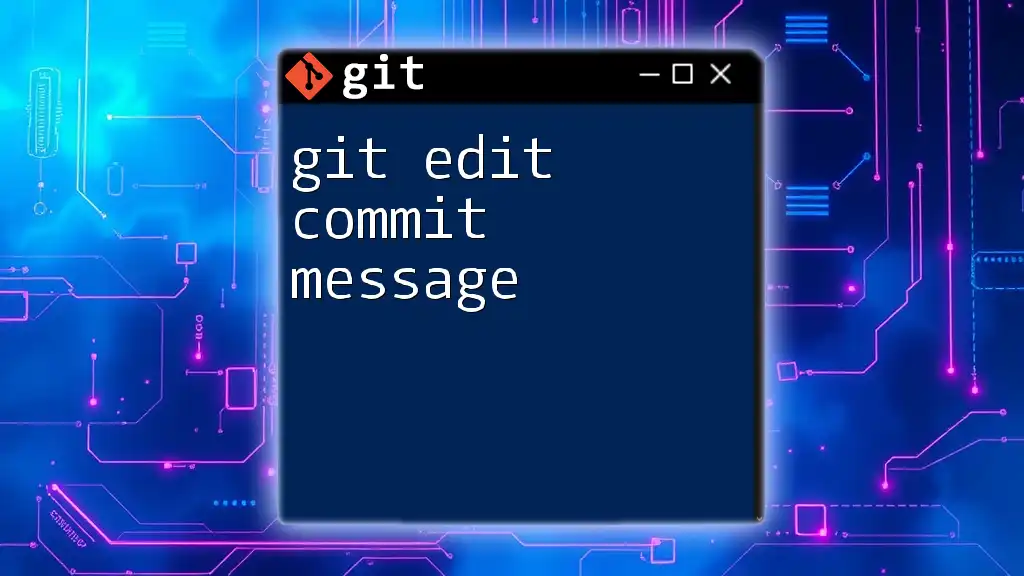
Common Pitfalls to Avoid
Using Jargon or Abbreviations
Avoid using jargon that may be unfamiliar to your team or future developers. Clear, straightforward language aids understanding and ensures that all team members can grasp the context of changes easily.
Being Vague
Non-descriptive messages like “update” or “fix” do not provide meaningful insight and can lead to confusion. Always aim for specificity to ensure everyone understands the changes being made.
Overusing Technical Terms
While technical terms may be appropriate in some contexts, they can alienate non-developers or new team members. Striking a balance is crucial; make your commit messages accessible to all stakeholders involved.
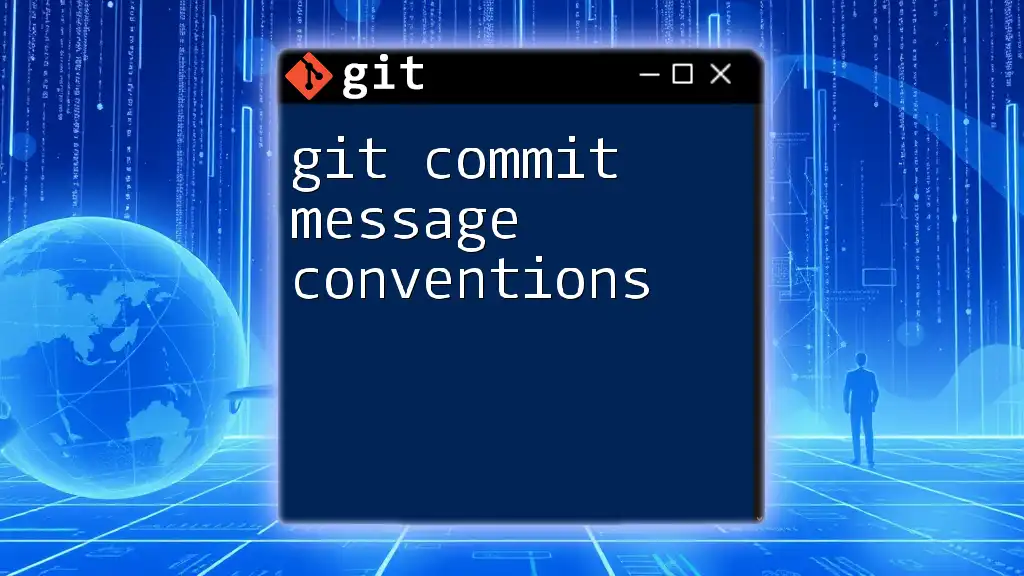
Tools and Resources for Managing Commit Messages
Git Hooks
Git hooks allow you to automate the enforcement of your commit message conventions. This can help maintain consistency across your project. For example, to ensure each commit message has a specific format, you can set up a `commit-msg` hook.
Example of a simple commit hook script:
#!/bin/sh
commit_msg=$(cat "$1")
if ! echo "$commit_msg" | grep -qE '^(Add|Fix|Update|Refactor|Improve) '; then
echo "Error: Commit message must start with Add, Fix, Update, Refactor, or Improve."
exit 1
fi
Commit Message Guidelines
Familiarize yourself with established commit message guidelines within the development community. Frameworks like Angular or styles like Conventional Commits offer structured formats that enhance clarity and documentation.
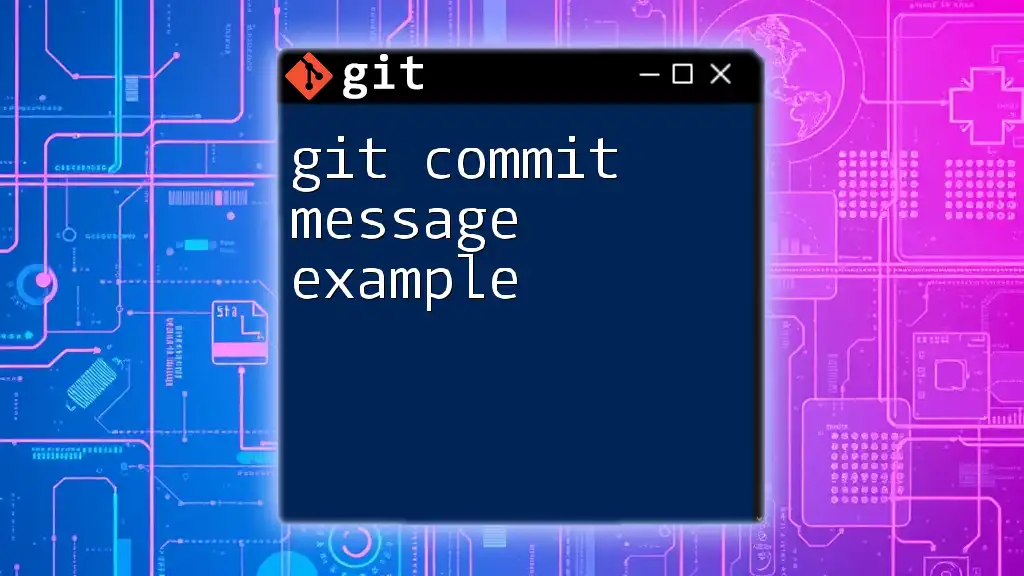
Conclusion
Writing a correct git commit message is not just a formality but an essential practice for effective software development. By following these best practices, you contribute to a clearer, more manageable project history that benefits both current and future contributors.
Make commitment to producing high-quality commit messages that communicate changes effectively, thus laying a solid foundation for collaboration and project evolving.
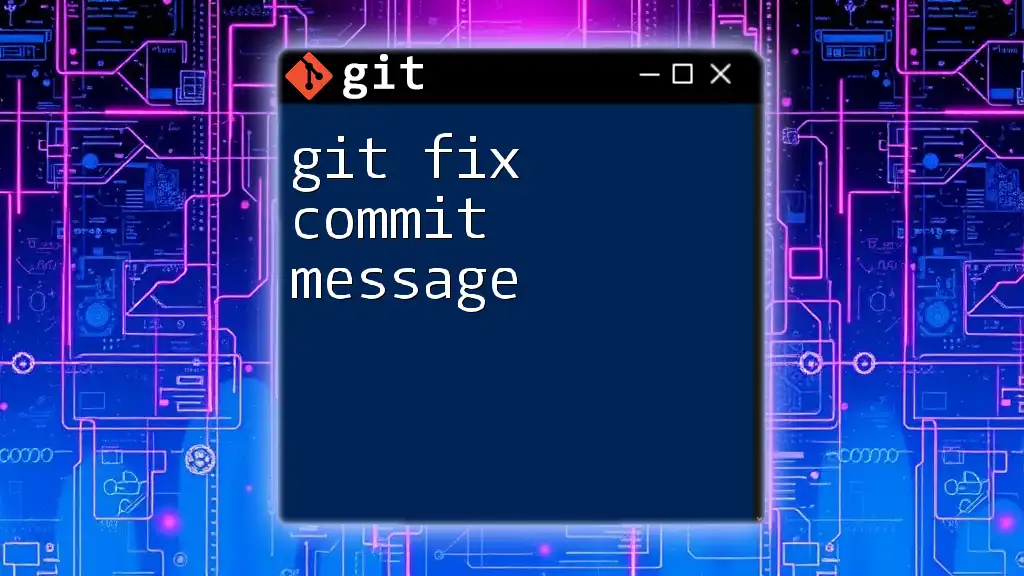
Call to Action
Have you encountered challenges while writing commit messages? Share your experiences or your best practices in the comments. If you found this guide helpful, consider subscribing for more insights and tips related to mastering Git!

